Canada’s retail landscape has been in constant flux, with beloved chains disappearing as online shopping, rising rents, and shifting consumer habits reshape the industry. From once-bustling department stores to specialty shops struggling to stay relevant, many retailers are fighting to keep their doors open. While some chains are quietly downsizing, others face the very real possibility of closure in the near future. Here are 18 Canadian retail chains that could be next to disappear:
Reitmans
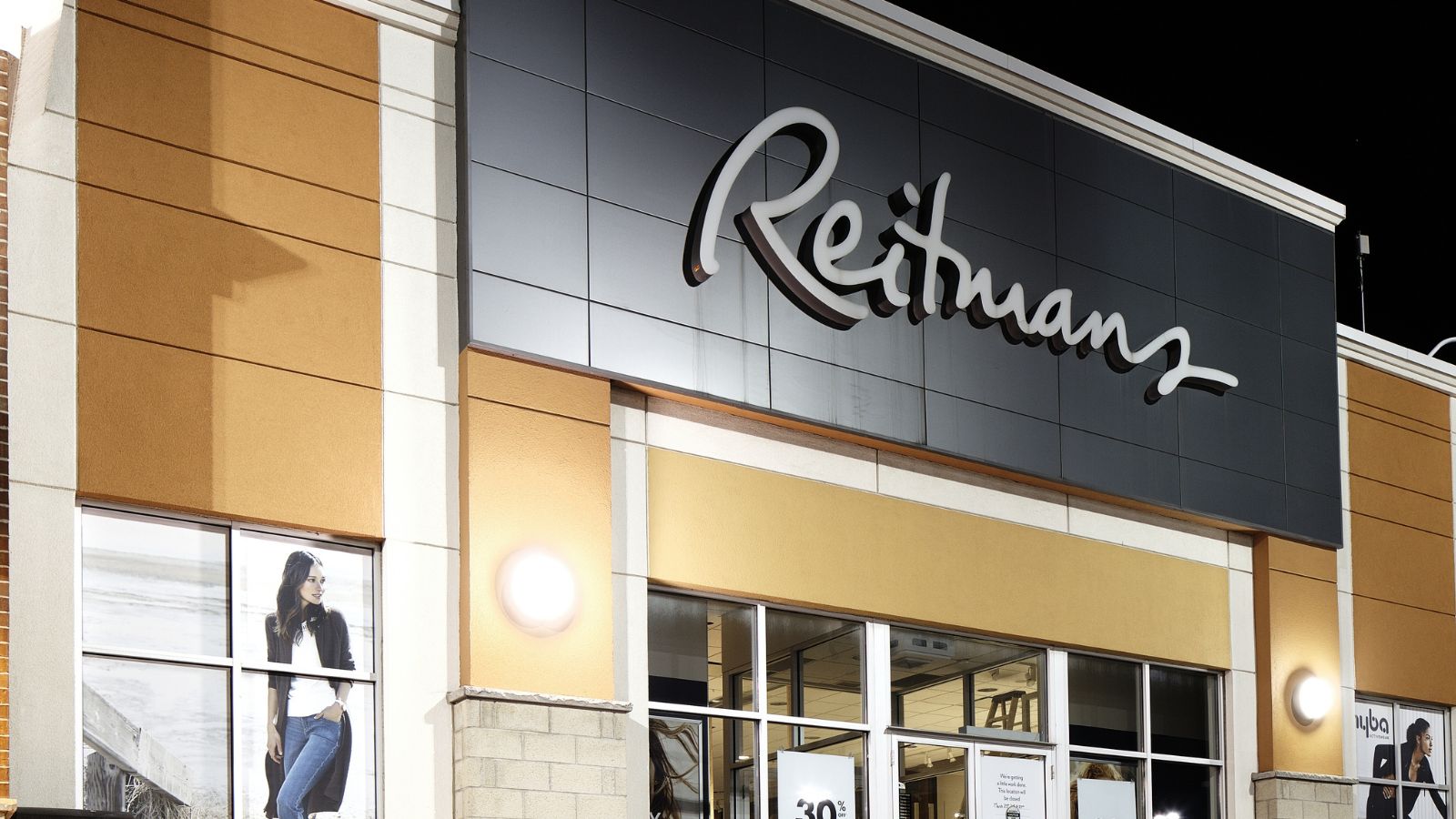
Once the go-to for affordable women’s fashion, Reitmans has been downsizing stores for years as competition from fast fashion and online retailers intensifies. The brand filed for creditor protection in 2020, closing hundreds of locations, but has managed to hold on with a smaller footprint. While loyal customers still value its accessible clothing, sales continue to lag behind more agile competitors. Industry watchers suggest Reitmans could be forced into another round of closures, making its survival uncertain. For many Canadians, losing Reitmans would mean saying goodbye to a staple of mall shopping that has lasted for generations.
Northern Reflections

A nostalgic brand for many Canadians, Northern Reflections has been struggling to capture new shoppers. Known for cozy sweaters, nature-inspired prints, and casual wear, it once had a wide presence in malls across the country. But today, it operates fewer stores, with many relying on an aging customer base. With younger buyers flocking to brands like Uniqlo and H&M, Northern Reflections risks fading into obscurity, and unless it reinvents itself, experts predict it may face large-scale closures. For those who remember the brand as a 1990s favorite, its disappearance would mark the end of a familiar Canadian clothing retailer.
Cleo
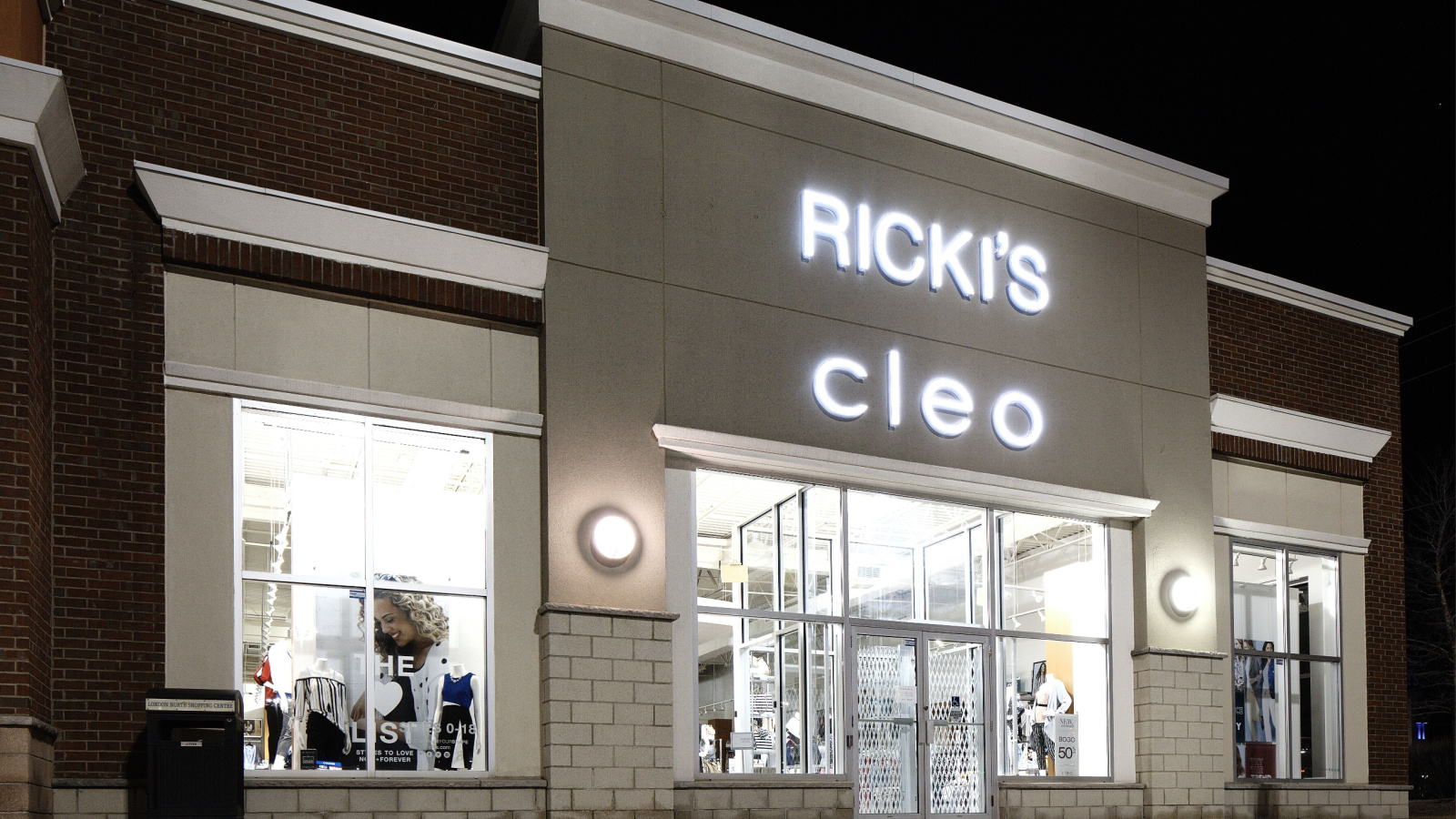
Part of the Reitmans family, Cleo focuses on office wear for women, a category hit especially hard by the shift to remote work. As more Canadians dress casually for hybrid or at-home jobs, Cleo’s polished blouses, skirts, and suits have seen declining demand. While the brand still attracts loyal professional women, its shrinking store count signals trouble ahead. Analysts suggest Cleo could be folded into Reitmans entirely or shut down altogether. Unless it adapts with more versatile offerings, it may not keep up in a market where business casual looks much different than it did just five years ago.
Le Château
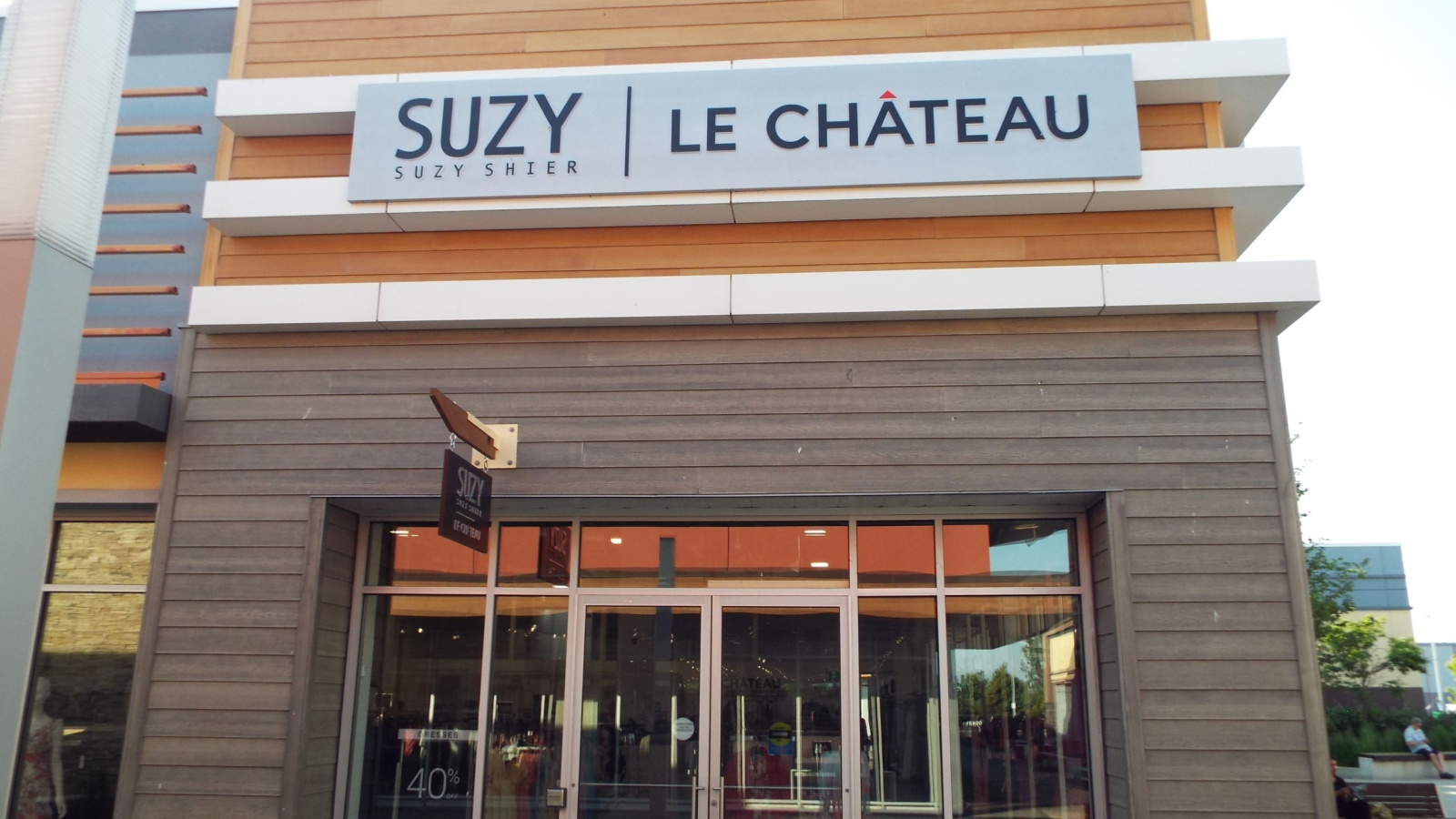
Though technically absorbed by Suzy Shier after declaring bankruptcy in 2020, Le Château has tried to reinvent itself online and in select locations. Once famous for party dresses, trendy shoes, and formal wear, it was a mall staple for decades, but the decline of in-person events and rise of fast-fashion giants left it struggling. While its name still carries some nostalgic weight, its revival has been slow to gain traction. Many retail experts predict that the Le Château brand could disappear completely within a few years if it can’t find a sustainable niche in the Canadian fashion market.
La Vie en Rose
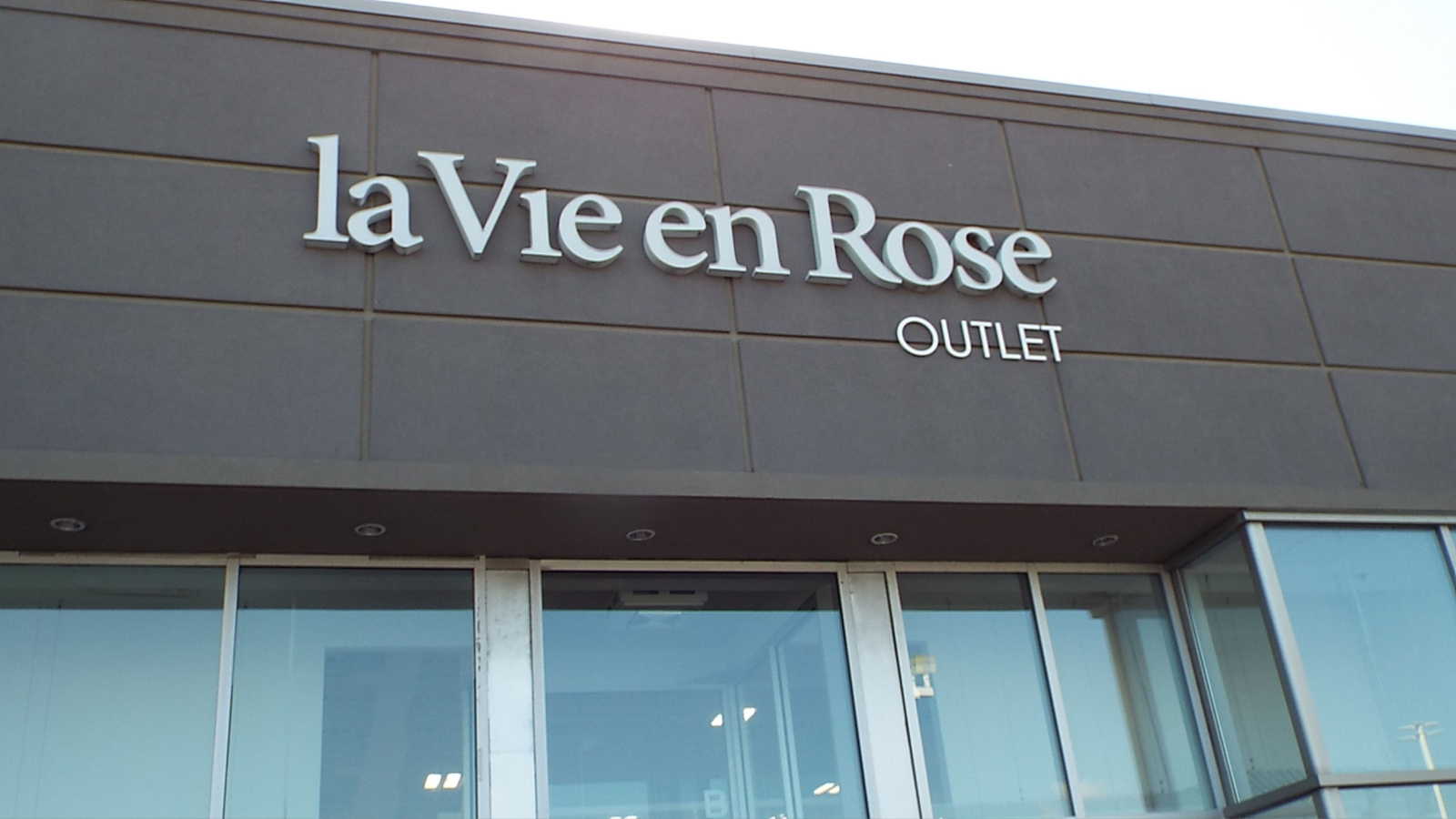
Canada’s largest lingerie retailer, La Vie en Rose, is facing serious competition from international heavyweights like Victoria’s Secret, Aerie, and online startups. While it remains a recognizable brand, shifting tastes and the growth of e-commerce have squeezed its market share. Its mall-based model is especially vulnerable, as foot traffic continues to decline, and although still expanding internationally, its Canadian presence appears shaky. Without strong reinvention, experts warn that La Vie en Rose could follow the same path as other mid-market lingerie brands that failed to adjust, and if it closes, it would leave a noticeable gap in Canada’s fashion retail scene.
Bikini Village

Linked with La Vie en Rose, Bikini Village specializes in swimwear, a niche category that struggles in Canada’s cold climate. Once popular with vacationers, its fortunes have been tied to international travel, an industry that has seen turbulence in recent years. The brand has not gained much traction outside tourist and urban centers, making it particularly vulnerable to economic downturns. While Canadians still shop for swimwear, global brands and online retailers dominate the market. Without major changes, Bikini Village may not have the staying power to survive another decade, leaving Canadians to find beachwear elsewhere.
Suzy Shier

Once a fashion hub for teens and young women, Suzy Shier has lost its edge in the fast-changing retail market. Known for affordable styles, it was hit hard by the rise of online shopping and trend-driven giants like Zara and Shein. Though it merged with Le Château, the brand’s identity remains fuzzy, and foot traffic continues to decline, and while some loyal customers still seek out deals, Suzy Shier is a far cry from its heyday. Without a clear strategy to attract younger generations, analysts warn it may be the next Canadian fashion brand to disappear from malls.
Fairweather
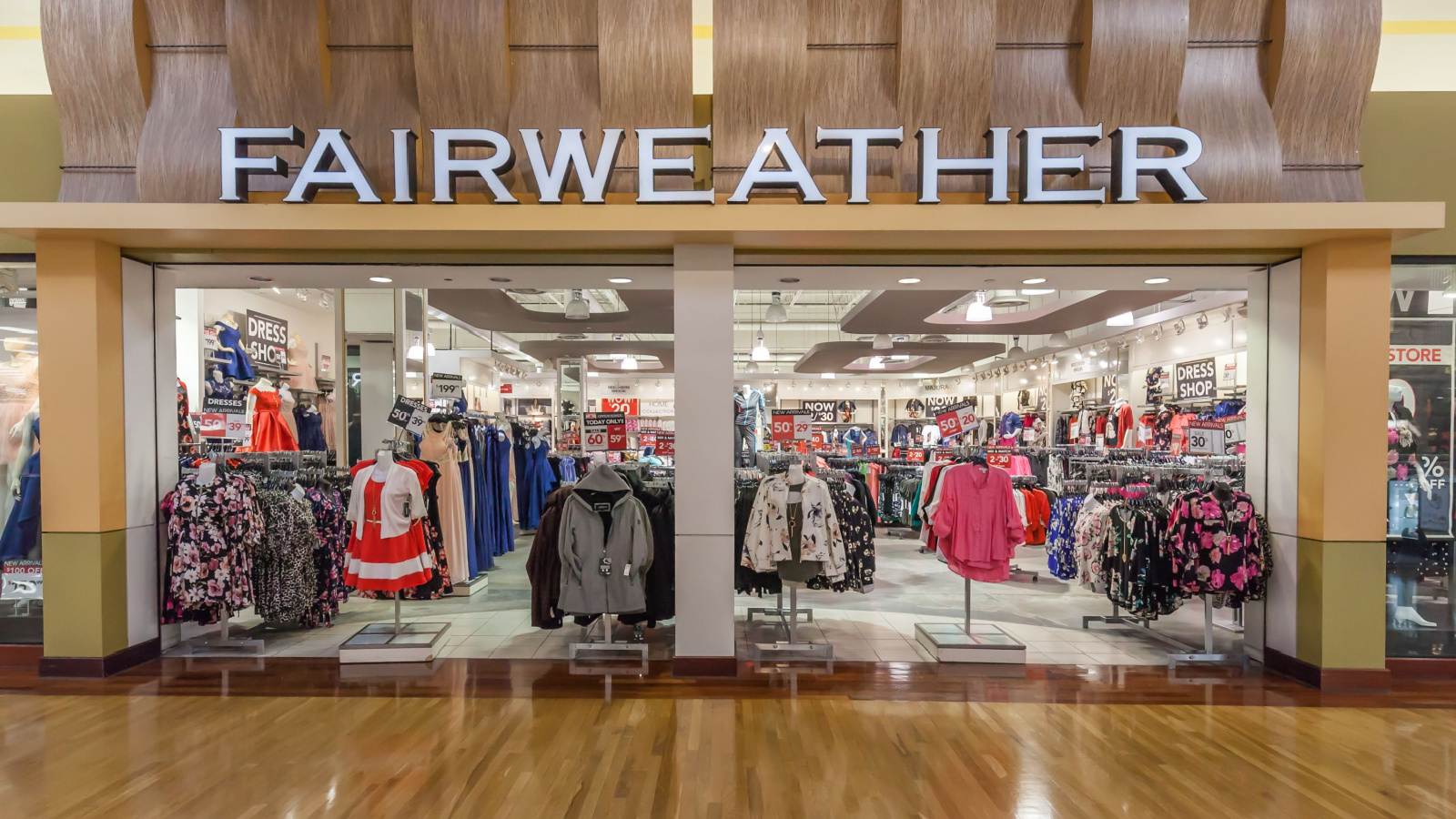
With its long history as a budget-friendly fashion chain, Fairweather has been struggling to stay relevant. Many of its locations now sit in declining malls, and its traditional model of trendy clothing at low prices faces tough competition from online fast-fashion platforms. Shoppers often perceive Fairweather as outdated, and its marketing hasn’t resonated with younger buyers. While still present in select malls, retail analysts suggest Fairweather is on borrowed time. If it fails to rebrand, its exit could quietly mark the end of yet another mid-range Canadian fashion chain that once defined the shopping experience.
Ricki’s

Aimed at working women, Ricki’s has faced similar challenges to Cleo, as remote work and casual fashion have hurt sales of its office-focused styles. Though it has attempted to diversify its offerings, Ricki’s still struggles to compete with more versatile brands that appeal to both professional and casual wardrobes. With stores concentrated in malls, it faces declining traffic and limited online traction, and while not yet on the verge of collapse, Ricki’s could face widespread closures if it fails to reinvent itself. Once a go-to for workplace outfits, it may soon lose its relevance in Canada’s fashion landscape.
Garage
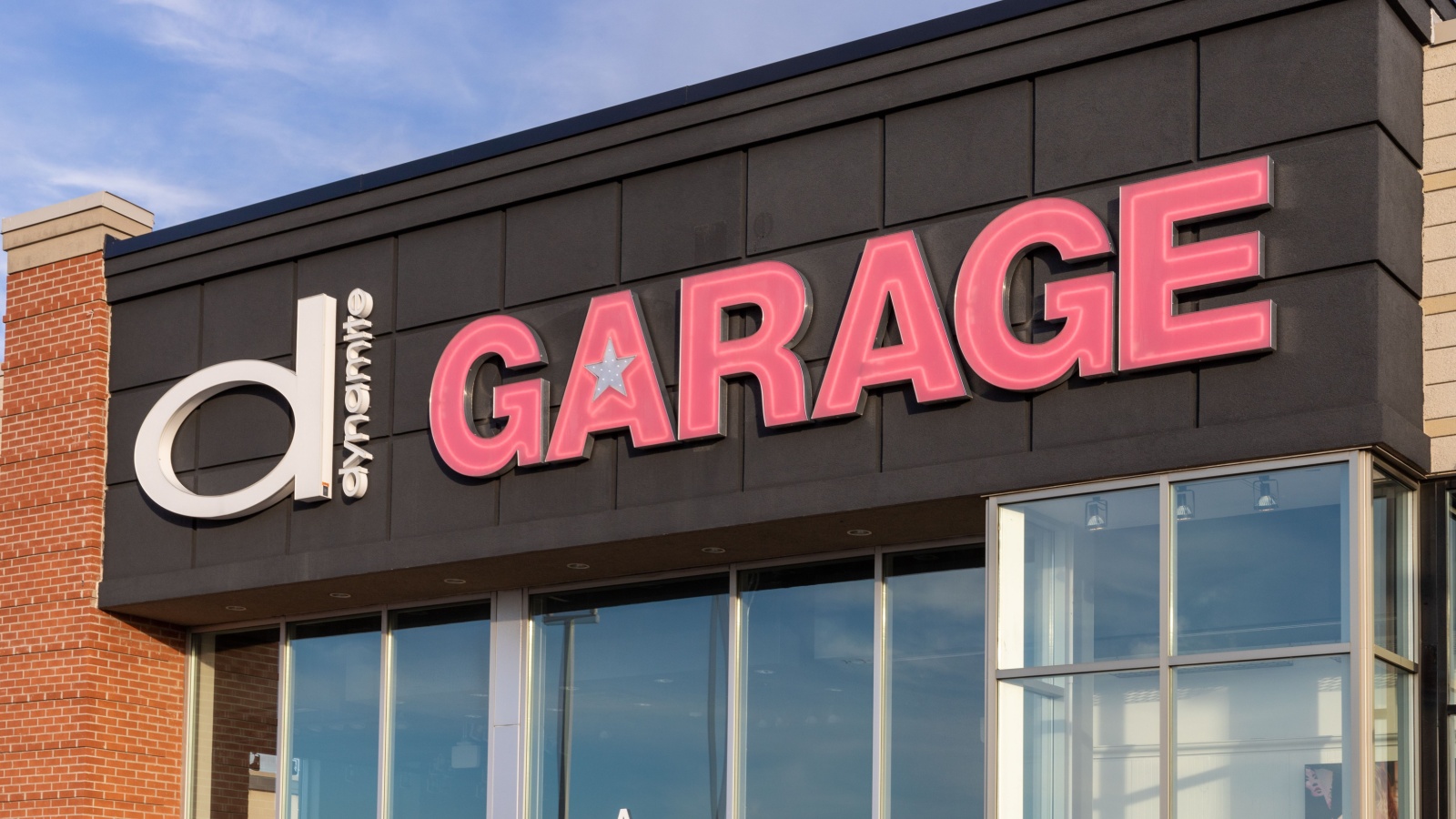
A popular brand for teens and young adults, Garage built its reputation on trendy, affordable clothing. However, it faces immense competition from international giants like Shein, Zara, and H&M. While still present in malls, it has struggled to translate its popularity into a strong online presence. Garage remains under the Groupe Dynamite umbrella, which has faced financial challenges in recent years. Unless it can capture Gen Z shoppers more effectively, analysts believe Garage could follow the path of other fading mall staples. For Canadians who grew up shopping there, its disappearance would mark another nostalgic retail loss.
Dynamite
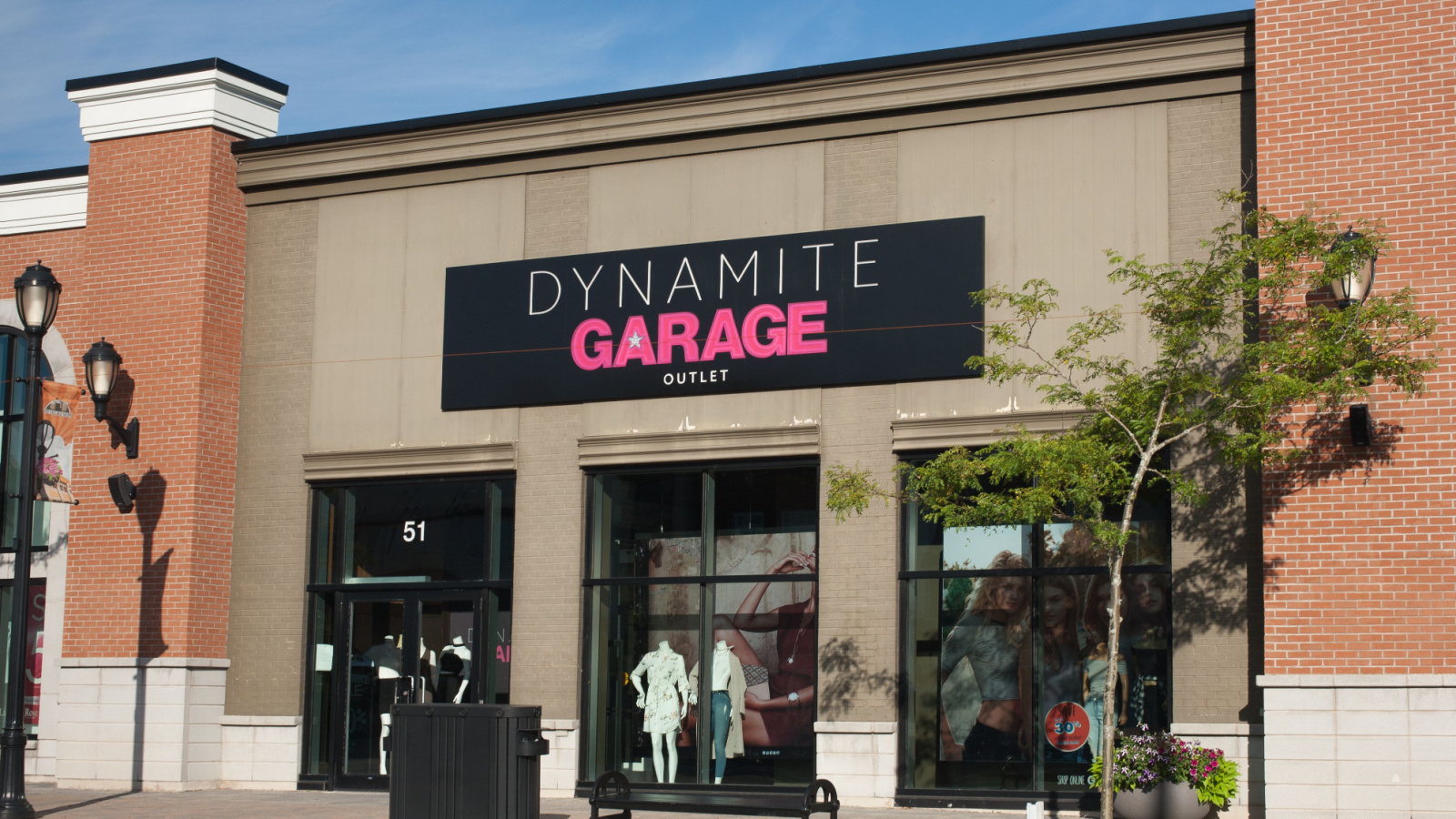
Sister brand to Garage, Dynamite markets more polished clothing aimed at young professionals. While it once thrived as an alternative to higher-priced retailers, changing work habits have reduced demand for its office-friendly fashion. Groupe Dynamite filed for creditor protection in 2020, and though the brand survived, its long-term outlook remains shaky. Competing with more globally dominant brands has proven difficult, and store traffic continues to decline. Without a bold pivot toward e-commerce and trend adaptation, Dynamite could disappear in the near future. Losing both Dynamite and Garage would leave a significant gap in Canada’s youth fashion market.
Addition Elle

A longtime leader in plus-size fashion, Addition Elle has already seen many of its stores close, with remaining locations rebranded under Reitmans. While its name still exists online, the physical retail footprint is shrinking rapidly, and the brand has also faced criticism for not keeping pace with more fashion-forward competitors offering size-inclusive lines. With younger, digitally native shoppers gravitating toward global brands, Addition Elle’s identity as a standalone chain may not last much longer. If it disappears completely, it will be another example of how once-dominant Canadian specialty retailers struggle to adapt to a new retail environment.
Penningtons

Another plus-size retailer under the Reitmans umbrella, Penningtons, continues to operate stores, but its future looks uncertain. While loyal customers appreciate its comfortable clothing and accessible sizes, the company faces growing competition from online retailers offering broader ranges and trendier designs. Penningtons has attempted to keep pace, but its aging mall-based presence puts it at risk. Retail analysts predict that without stronger online growth or a major rebrand, Penningtons could be phased out. Its closure would leave many Canadians with fewer options for affordable plus-size clothing, underlining the struggles of brick-and-mortar specialty chains in a digital age.
Moores Clothing for Men

Known for suits, tuxedo rentals, and office wear, Moores Clothing for Men has faced steep challenges as workplace attire becomes more casual. Once a dependable source for affordable formalwear, it has seen demand plummet as fewer office jobs require suits and weddings shift toward more relaxed dress codes. Owned by Tailored Brands, Moores has closed locations in recent years, and while some stores remain, its long-term survival is in doubt. If it disappears, Canadians may have to turn to international brands for affordable formal clothing, marking the end of another chapter in Canada’s traditional mall-based retail story.
Hudson’s Bay (Select Locations)
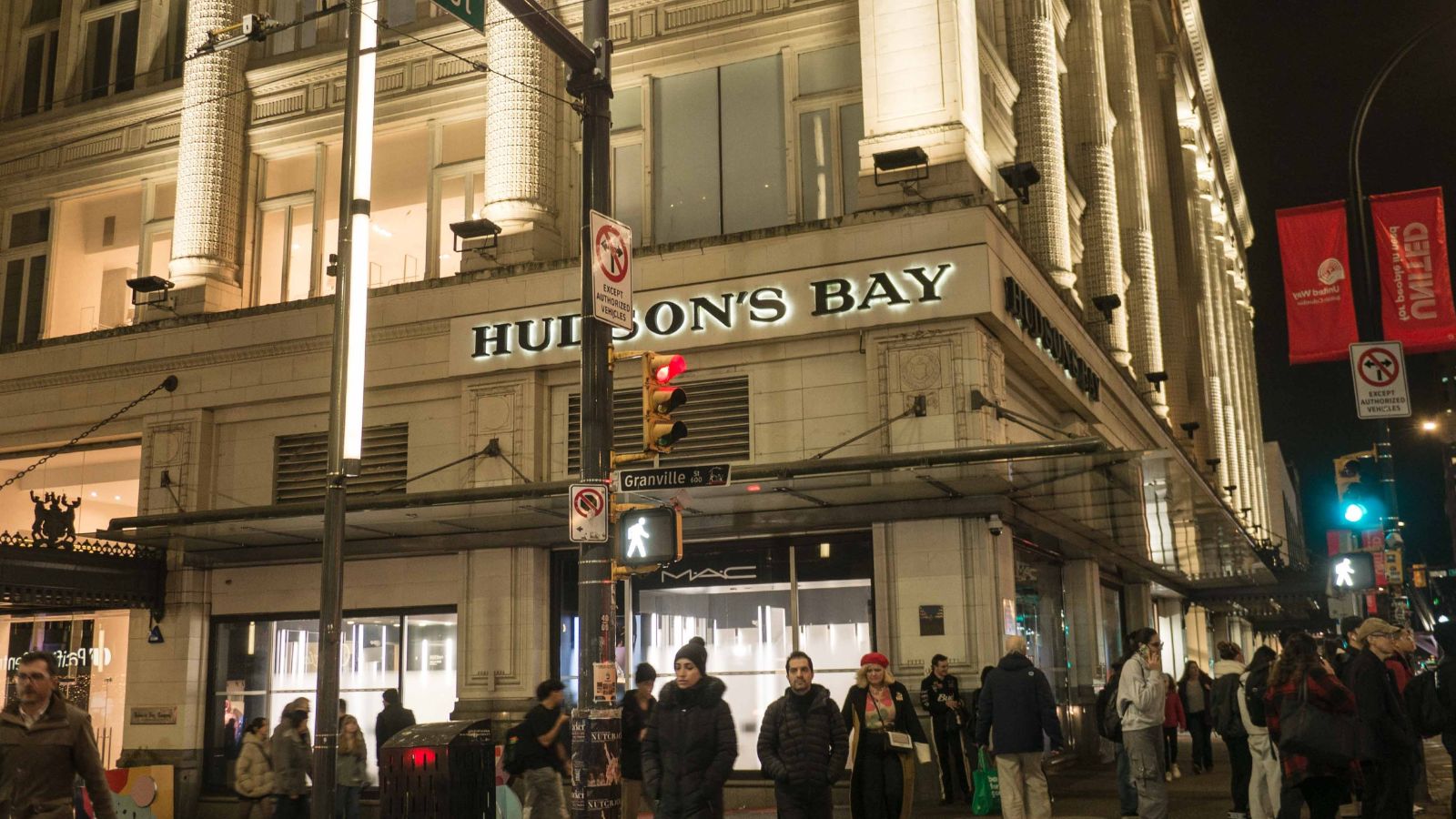
Though Hudson’s Bay is unlikely to vanish entirely, many of its locations face closure as the company continues to shrink its footprint. Once the cornerstone of Canadian department stores, it has struggled to compete with online giants and evolving consumer habits. While flagship stores in major cities may survive, smaller locations in struggling malls could soon close. For Canadians, this would mean fewer places to shop for a wide mix of fashion, home goods, and beauty. Even if the brand survives in some form, many predict Hudson’s Bay will look dramatically smaller within the next decade.
Urban Planet

Known for rock-bottom prices and fast-changing inventory, Urban Planet has relied heavily on teen shoppers. But with online retailers like Shein dominating the discount fast-fashion space, Urban Planet’s in-store model is under pressure. Its locations often cluster in lower-traffic malls, making profitability a challenge. While bargain hunters still browse its racks, younger consumers are increasingly shopping online for cheaper options with greater variety. Analysts predict Urban Planet may struggle to stay afloat unless it pivots aggressively toward e-commerce.
Bluenotes

Once iconic for denim and casual wear, Bluenotes has been fading from relevance for years. Competing against both premium denim labels and cheaper online platforms, it has struggled to carve out a niche. Many of its stores now sit in half-empty malls, and its appeal to younger shoppers has waned. Although still around, Bluenotes no longer holds the same place it once did in Canadian fashion. Retail experts suggest it could quietly disappear over the next few years. For Canadians who remember it as a go-to for affordable jeans, its loss would be another nostalgic blow to mall culture.
SoftMoc

While SoftMoc is still widely recognized for shoes and accessories, it faces growing competition from global e-commerce giants like Amazon and Zappos, as well as direct-to-consumer footwear brands. Its traditional mall-store setup has struggled to generate excitement in a changing retail climate. While its selection is broad, pricing pressure makes it harder to compete, and unless it reinvents itself as an experience-driven or stronger online brand, SoftMoc may be forced to scale back drastically. Its potential closure would leave many malls without one of their few surviving footwear retailers, symbolizing another casualty in Canada’s retail shakeup.
21 Products Canadians Should Stockpile Before Tariffs Hit

If trade tensions escalate between Canada and the U.S., everyday essentials can suddenly disappear or skyrocket in price. Products like pantry basics and tech must-haves that depend on are deeply tied to cross-border supply chains and are likely to face various kinds of disruptions
21 Products Canadians Should Stockpile Before Tariffs Hit
